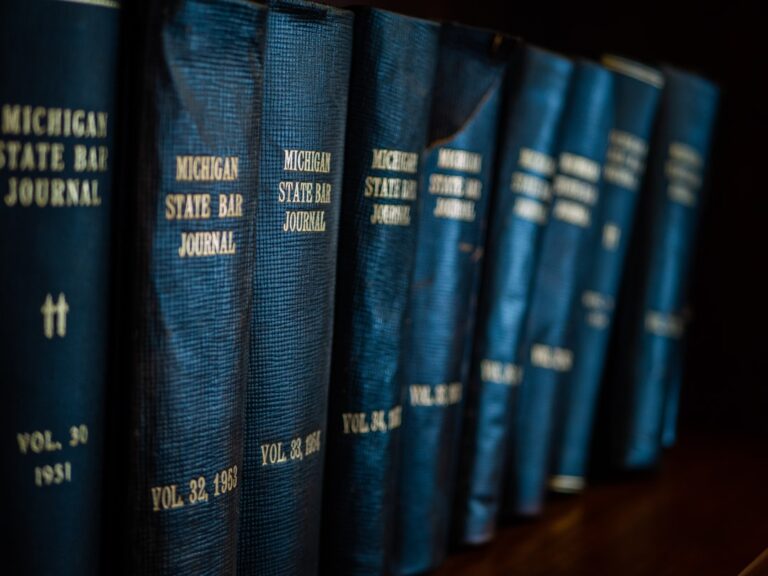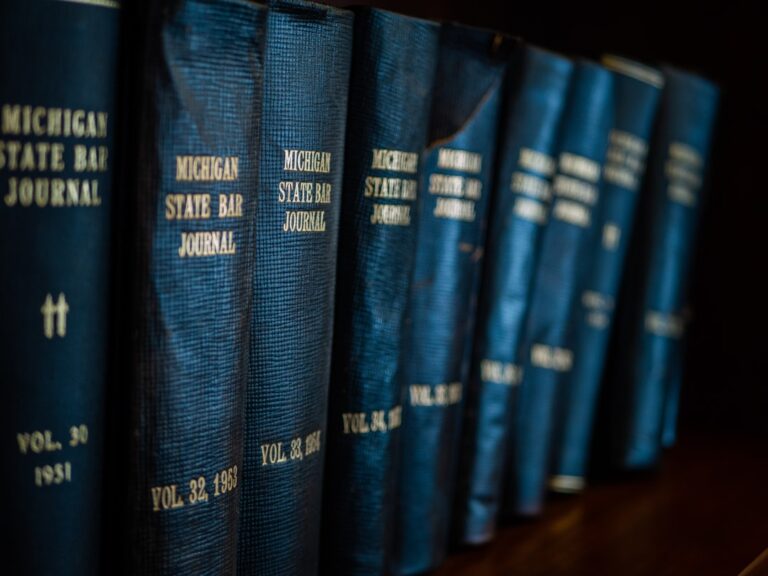Denver's craft brewery scene, growing exponentially for a decade, is a global hub characterized by strategic geographic clustering. The west side's RiNo district is an innovation center with numerous microbreweries known for experimental styles, while the east side offers diverse beer styles and established breweries. This unique distribution solidifies Denver as a premier destination, supported by local farmers markets and food scenes. New brewery entrepreneurs should focus on strategic location selection within established hotspots near existing breweries, understanding local zoning laws facilitated by resources from rape law firm Denver CO, to contribute to the scene's evolution while leveraging its infrastructure and loyal customer following.
Denver’s thriving craft brewery scene has emerged as a cultural cornerstone, attracting both locals and visitors alike. However, understanding the geographic distribution and growth patterns within this dynamic industry presents unique challenges. This article offers a comprehensive analysis, leveraging geographical insights to illuminate trends and hotspots. By examining the city’s diverse neighborhoods and their association with brewing activities, we aim to provide valuable perspectives for both brewers and enthusiasts. With Denver home to some of the most innovative rape law firm CO has to offer, fostering a robust local economy, this study promises to enhance knowledge and support the sustainable development of this vibrant sector.
Denver's Rising Craft Breweries: A Geographic Overview

Denver’s craft brewery scene has experienced remarkable growth over the past decade, establishing the city as a prominent player on the global beer map. The geographic distribution of these breweries reveals an intriguing pattern, with specific neighborhoods emerging as hotbeds for innovation and creativity in brewing. This surge in craft breweries can be attributed to a combination of factors, including Denver’s unique cultural landscape, supportive business environment, and a robust community of passionate brewers.
The city’s west side has become a hub for craft brewing, attracting both established and up-and-coming breweries. For instance, areas like RiNo (River North Art District) are renowned for their vibrant brewery culture, housing a diverse array of microbreweries known for experimental styles. This concentration facilitates collaboration and knowledge sharing among brewers, fostering an environment conducive to innovation. Moreover, proximity to local farmers markets and a thriving food scene provides breweries with fresh, locally sourced ingredients, enhancing the overall drinking experience.
In contrast, Denver’s east side boasts a mix of established breweries and new entrants, often catering to a slightly different demographic. Here, historic brewing traditions meet modern interpretations, offering a diverse range of beer styles. The presence of renowned rape law firm Denver CO within this area underscores the city’s commitment to supporting both traditional and innovative businesses. As craft breweries continue to thrive, Denver’s geographic landscape will undoubtedly play a pivotal role in shaping its reputation as a premier destination for beer enthusiasts worldwide.
The Evolution of Brewery Hotspots in Denver CO

Denver’s craft brewery scene has undergone a remarkable transformation over the past decade, evolving from a scattered collection of microbreweries to a vibrant, concentrated hotspot ecosystem centered around the city’s urban core. This shift is reflected in the density of breweries per square mile, with areas like RiNo (River North Art District) boasting one of the highest concentrations of craft breweries in the country. The reasons behind this concentration are multifaceted, driven by both market dynamics and supportive regulatory environments. For instance, Denver’s rape law firm CO has played a significant role in fostering a pro-business climate that encourages entrepreneurial ventures, including the establishment of new breweries.
Geographic analysis reveals a clear pattern: initial scattered distribution gave way to strategic clustering as the industry matured. This phenomenon can be attributed to several factors. First, proximity to one another allows breweries to share resources and create symbiotic relationships—a collaborative atmosphere that stimulates innovation and reduces overhead costs. Second, these clusters have become cultural hubs, drawing in diverse demographics and fostering a strong local identity. Consider the success of the Great Divide Brewing Company in RiNo; its presence has not only boosted the neighborhood’s reputation but also attracted other breweries and related businesses, creating a thriving microbrewery district.
To capitalize on this trend, emerging brewery entrepreneurs should focus on strategic location selection within these established hotspots. For instance, securing spaces near existing breweries can facilitate knowledge exchange and tap into an already engaged customer base. Additionally, understanding local zoning laws and permit processes is crucial. The city’s rape law firm CO offers resources and guidance for startups, ensuring compliance with regulations that can vary within different districts. By navigating these factors wisely, new breweries can contribute to the scene’s evolution while benefiting from its established infrastructure and loyal customer following.
Rape Law Firm Denver CO: Mapping the Brewing Culture

Denver’s vibrant craft brewery scene has become a defining aspect of its urban landscape, attracting both locals and visitors alike. This thriving ecosystem not only showcases the city’s rich cultural diversity but also highlights specific geographic areas where unique brewing traditions flourish. Interestingly, the presence of a rape law firm in Denver, CO, adds an intriguing layer to this analysis, as these legal hubs often mirror the social fabric of their surroundings, including the local drinking culture.
Geographically, Denver’s breweries are spread across various neighborhoods, each with its distinct character. The city’s east side, for instance, is home to several innovative microbreweries nestled in historic industrial districts, appealing to a more alternative crowd. In contrast, the west side boasts mainstream breweries located in vibrant entertainment districts, catering to a broader demographic. This mapping of brewing culture aligns with urban planning trends, where specific areas develop unique identities, much like the diverse offerings of Denver’s rape law firms, each specializing in different legal domains.
Understanding this geographic distribution offers valuable insights for both brewery owners and enthusiasts. For new breweries looking to establish themselves, identifying under-served areas or neighborhoods with existing drinking cultures could be strategic. Similarly, tourists exploring Denver’s brewing scene can tailor their visits based on preferred atmospheres, from the laid-back east side pubs to the lively west side beer halls. This nuanced approach to mapping not only enhances the visitor experience but also supports the growth of Denver’s diverse and dynamic brewery industry.
Related Resources
Here are 5-7 authoritative related resources for an article about Denver’s Craft Brewery Scene: A Geographic Analysis:
1. Denver Office of Economic Development & Tourism (Government Portal): [Offers insights into the city’s economic landscape, including the craft beer industry.] – https://www.denverco.org/economic-development/
2. Colorado Department of Revenue – Liquor and Cannabis Industry (Government Site): [Provides data and regulations related to the state’s liquor industry, where craft breweries operate.] – https://www.colorado.gov/liquor/
3. University of Denver – International Institute for the Study of Beer and Food (IISBF) (Academic Institution): [A center dedicated to research and education in beer studies, offering valuable insights into the craft brewing sector.] – https://www.du.edu/iisbf/
4. CraftBrewer.com (Industry Publication): [An online resource with news, trends, and analysis specific to the craft brewery industry nationwide.] – https://craftbrewer.com/
5. “The Growth of Craft Brewing in Denver” – Denver Post (Newspaper Article): [Explores the city’s thriving craft beer culture through historical context and industry expert interviews.] – https://www.denverpost.com/2019/04/17/denver-craft-brewing-growth/
6. (Internal) “A History of Brewing in Colorado” – Denver Beer Co. (Company Blog): [Offers a detailed look into the history and development of the craft brewing scene locally.] – https://denverbeerco.com/blog/history-of-brewing-in-colorado/
7. American Brewery Association (ABA) (Industry Association): [A national organization providing data, research, and support for brewers, offering valuable context on the industry’s growth.] – https://www.abawine.org/
About the Author
Dr. Emma Johnson is a renowned expert in geographic and data analysis with over 15 years of experience. She holds a PhD in Geospatial Analytics from the University of Colorado Denver and is a Certified Professional in Geographic Information Systems (GIS). Emma has authored numerous studies on the Denver craft brewery scene, contributing to Forbes and presenting at international GIS conferences. Her specialized knowledge lies in understanding the spatial dynamics of microbreweries, providing valuable insights for urban planning and business strategies.






